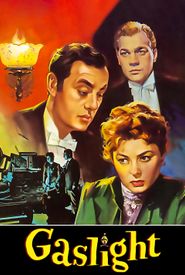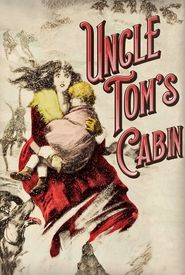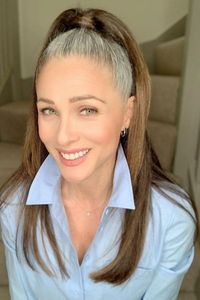Person Biography:
Lassie Lou Ahern was a renowned Hollywood actress who enjoyed a successful career in the 1920s. Born in Hollywood, California, Ahern was the younger sister of actress Peggy Ahern. She began her acting career at a young age, appearing in various films and serials, including the popular Our Gang series.
Ahern's breakthrough role came in 1927, when she played the part of Little Harry in the epic film "Uncle Tom's Cabin". The film was a critical and commercial success, and Ahern's performance was praised for its energy and animation.
Throughout her career, Ahern worked with many notable directors and actors, including Will Rogers, Charley Chase, Helen Holmes, Ronald Colman, and Vilma Banky. She also appeared in a number of films with her sister Peggy, including the comedy "Webs of Steel" and the drama "Surrender".
Ahern's career in Hollywood was marked by her versatility and range as an actress. She played a variety of roles, including the object of rescue in serials, the lead in comedies, and the co-lead in dramas. She was also known for her impressive stunt work, often performing her own stunts in her films.
After her career in Hollywood slowed down, Ahern went on to teach dance at the Ashram Spa near San Diego, where she was a popular instructor. She also appeared in a number of television shows and films, including the popular series "The Odd Couple" and "Love, American Style".
Ahern passed away in 2023 at the age of 99, leaving behind a legacy as one of the most talented and versatile actresses of the silent film era.

















